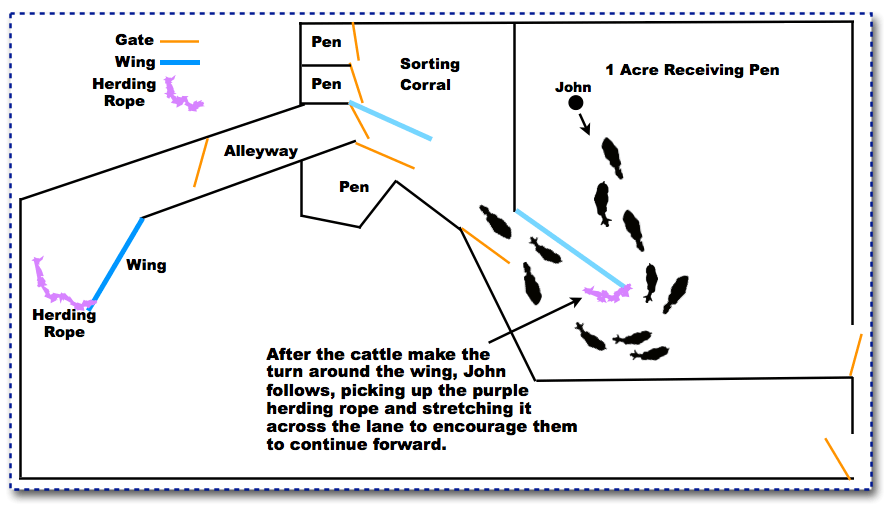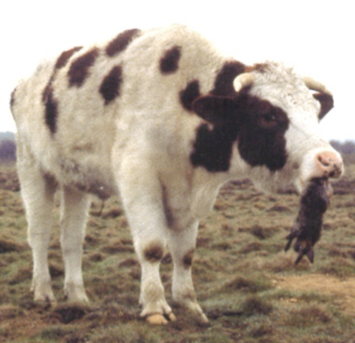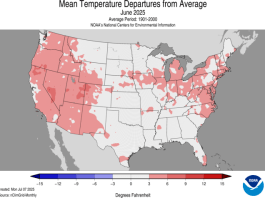
My mother liked to brag that mine was an easy birth; small and slippery, she always said. As the years went by, things didn’t change much. I never did grow very big, especially in the leg department. I guess I should say that my modest height was never much of a disadvantage, except when it came to chasing cows. I remember chasing bulls, on foot, with my friend Big Mike. At six-foot eight inches, he has a pretty substantial stride. That was the day I realized that I would need to become a superior herdsman, as I would never really be able to outrun Mike, much less a bull.
That’s why I’m always looking for ideas that help me move cattle more efficiently. Much of the time moving cattle around here is easy, as we simply train the cattle to follow us from paddock to paddock. But there are certain places that cattle do not want to go. For instance, cattle typically do not want to trot right into the pen that leads to the sorting corral. And even if you get them into the sorting pen, they often balk at going through the correct gate, even if it is the only one open. This situation is probably exacerbated a bit by the fact that we have no permanent cattle. Frequently, new cattle have to be gently encouraged to go where we want them to go instead of where they might think they want to go. Paddock and pen design can be very helpful in this process.
The HQ Paddocks
The pastures that surround our HQ working facilities tend to be small, perhaps 1/3 or 1/10th the size of our normal grazing paddocks. They have funny names too, like the Driveway pasture, the Front Yard pasture, the Chicken House pasture, and on and on. They are grazing paddocks, but they also form convenient places to gather cattle in preparation for using the processing facilities.
Wing Fences

Several of the paddocks that surround the HQ are equipped with what we call “wing fences”. These are short, open-ended sections of fence that typically angle out from a corner gate into the pasture, or are designed to bisect a large pen. Basically, they encourage the cattle to clump into a herd and move in a particular direction or into a particular pen. Wing fences make it possible for a single herder, on foot, to empty a large pasture or easily move a herd of cattle into a smaller pen.
Herding Ropes
A herding rope is usually attached near the terminal end of a wing fence. Once the herd has passed the end of the wing fence (turned the corner), the herder can stretch the herding rope across much of the remaining space where the cattle are, and by gentle movement of the rope (and modest verbal encouragement) typically encourage the herd to move into the smaller pen in front of them.
Here’s a simplified diagram of one of my corral set ups. You can see where I’ve added wings (the blue lines) and where I’ve included herding ropes to move the animals along. I don’t have a herding rope in the sorting corral because close quarters mean I can take advantage of flight zones to move animals where they need to go.

Now that you know how it works, here’s a video showing the system in action with a few cows I recently purchased. You can see them walk down to the end of the wing, make a turn and then I follow, picking up the herding rope as I go to encourage them up the alleyway.
Ropes and Wing Fences Can Be Simple Additions
You don’t need to have a large herd or an extensive corral system to benefit from adding a wing fence or a herding rope. If you have a pen that is difficult to move cattle into (or out of), just add a herding rope and experiment. In my truck I keep a black spool filled with a length of old poly tape. Working in poorly designed corrals or working with difficult cattle, often a little herding rope is all it takes to get cattle in for loading or processing.
If you are young and spry and fleet a-foot, or if you are extremely proficient as horse-mounted rider, well, maybe all you need is a gate and a good idea. For me, I’ll take all the help I can get. Wing fences and herding ropes help make me a better one-man herder.
Happy herding!





John Marble’s approach to handling livestock is a perfect example of the modern mindset of cattle producers: find mechanical solutions instead of stockmanship solutions to animal handling problems. Why would one go to the trouble and expense of building and maintaining wing fences and herding ropes instead of just learning how to improve ones stockmanship? A fundamental understanding of the principles and techniques of low-stress livestock handling–a particular form of stockmanship developed by Bud Williams–reported in prior issues of On Pasture make herding animals into and through any corral system easy–no wings and ropes or other aids necessary.
Thanks for your comments, Whit.
It seems to me that your complaints here fall into two different camps: philosophical and economic. I’ll try to address both.
Why would one go to the trouble and expense of building and maintaining wing fences and herding ropes?
Well, for the same reasons we add corrals, sorting pens, alleyways, and BudBoxes to our facilities: they make our cattle handling operations more effective and efficient. Let’s face it, in the extreme sense, we could get by without nearly all of these “mechanical solutions” if we had unlimited time and energy to spend on stockmanship. I believe I could move these freshly arrived cattle up to a corner gate (as I did for 20 years or so) without a wing fence or a herding rope. But the time and effort required to achieve that result is tremendously reduced by the addition of these simple tools.
As to the cost of building and maintaining wings and ropes, I’d have to say that those costs are nearly incalculable. Keep in mind that wing fences are not true containment devices; they simply guide the animal. Therefore, the cattle are virtually never in direct opposition to the wing fence, so there is virtually never any contact. The wing fences I have are the weakest, least substantial physical fences on the entire ranch. The one in the video is 100% used material and a couple hours labor. Maybe $100 total. Amortize that over the past 20 years. As to the cost of the rope, well, UV does play hell with polyethylene. That cost is about $1 per year.
Finally, I think it is helpful for folks to look at a wide range of solutions to all problems. And if we come across a solution that looks different from our own, well, perhaps give it some careful consideration. If we can’t do that, next comes the question of whether we are trying to be right or simply righteous.
Respectfully,
John Marble
Comments are closed.